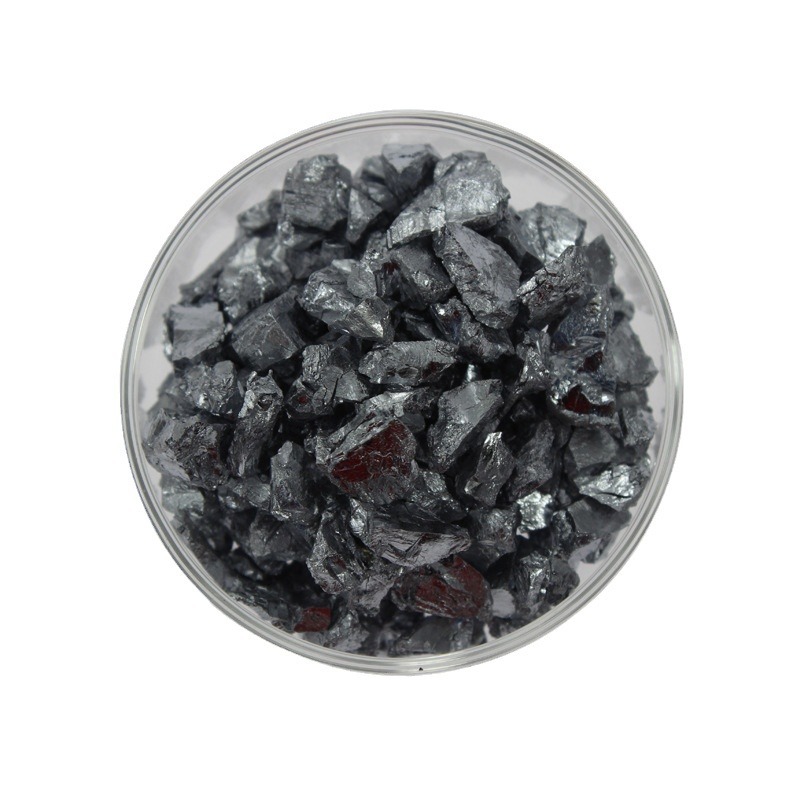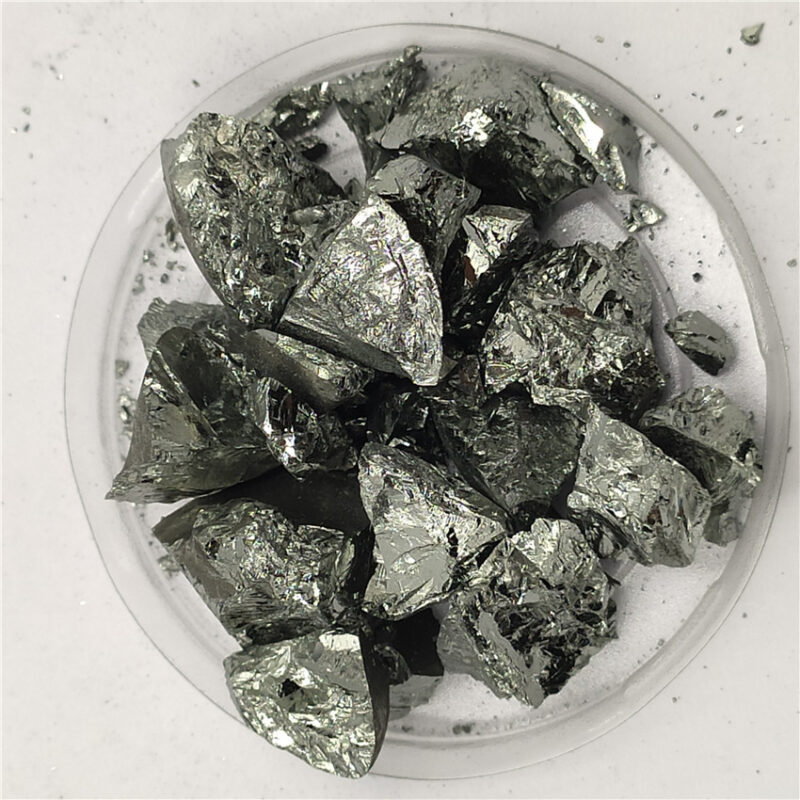Showing 1–12 of 19 results
-

- High Purity: BiSb pellets are typically available in high purity (99.9% or higher), ensuring the production of high-quality thin films free from contaminants.
- Thermoelectric Efficiency: The combination of Bismuth and Antimony provides exceptional thermoelectric properties, which is crucial for enhancing energy conversion efficiency in thin films.
- Uniform Evaporation: The spherical or irregular shape of the pellets allows for even melting and vaporization during the evaporation process, resulting in uniform deposition on substrates.
- Low Melting Point: BiSb alloys have a relatively low melting point, making them easier to handle in evaporation systems without the need for extreme temperatures.
-

- Excellent Thermoelectric Performance: BiSbTe is known for its high thermoelectric efficiency, which makes it ideal for thermoelectric cooling and energy conversion applications.
- Wide Temperature Range: BiSbTe thin films perform effectively across a broad range of temperatures, particularly between 200 K and 400 K, making them suitable for various environmental conditions.
- Customizable Compositions: The composition of BiSbTe sputtering targets can be adjusted by varying the ratio of bismuth, antimony, and tellurium to meet specific thermoelectric performance requirements.
- High Purity: BiSbTe sputtering targets are available in high-purity grades to ensure the highest quality thin films for critical applications in energy harvesting and temperature regulation.
- Stable & Durable: Bismuth Antimony Telluride thin films exhibit excellent stability, long-term durability, and resistance to degradation under prolonged thermal cycling.
-

- Phase-change properties: GeSbTe materials can change from an amorphous to a crystalline state, making them suitable for high-speed data storage.
- High thermal stability: Provides reliable performance under a wide range of temperatures.
- Good electrical and optical properties: Offers optimal conductivity and transparency needed for memory and optical devices.
- Customization: Available in various compositions and dimensions, meeting specific application requirements.
-

- High purity (≥99.9%).
- Excellent infrared absorption and thermoelectric properties.
- Stable and reliable for thin-film deposition processes.
- Uniform pellet size for consistent evaporation and vaporization.
- Custom sizes and compositions available to meet specific needs.
-


- High Purity: Ensures minimal contamination during deposition processes.
- Excellent Infrared Performance: Optimal for devices requiring sensitivity in the infrared spectrum.
- Uniform Film Deposition: Supports consistent and reliable thin-film production.
- Customizable Options: Tailored shapes, sizes, and purity levels to meet specific project requirements.
-

- High Purity: Ensures optimal performance in critical applications where material quality is essential.
- Semiconducting Properties: Exhibits unique electrical properties beneficial for electronic applications.
- Thermal Stability: Maintains performance in high-temperature environments.
- Custom Sizes: Available in various pellet sizes to meet specific evaporation or alloying requirements.
- Non-toxic Alternatives: Compared to some heavy metals, antimony is considered less harmful, especially in regulated applications.
-


- Thickness: The thickness of the stibium coating can be precisely controlled during the sputtering process, allowing for tailored solutions to meet specific application needs.
- Alloys: Stibium sputtering targets can be produced as pure antimony or in alloyed forms, such as antimony-tin (Sb-Sn) or antimony-lead (Sb-Pb), depending on the desired properties of the thin film.
- Backing Plates: Stibium targets can be bonded to backing plates made from materials like copper or molybdenum to improve thermal conductivity and mechanical stability during the sputtering process.
-

- High Purity: Ensures consistent and reliable performance.
- Excellent Chemical Stability: Resistant to chemical reactions in diverse conditions.
- Versatile Additive: Used in flame retardants, glass, plastics, and coatings.
- High Refractive Index: Enhances optical properties in specialty glasses.
- Customizable Particle Sizes: Tailored to meet specific application needs.
-

- High Purity: Available in high-purity grades to ensure the production of defect-free thin films, which are essential for optical and electronic applications.
- Flame Retardant Properties: When deposited as a thin film, Sb₂O₃ enhances the flame retardant capabilities of various materials, particularly polymers and textiles.
- Optical Transparency: Sb₂O₃ has excellent transparency in the UV and visible light spectrum, making it a suitable material for optical applications.
- Thermal Stability: Its stability at high temperatures makes it useful in processes where thermal resistance is necessary.
-

- Excellent Light Absorption: Sb2S3 has a high absorption coefficient, especially in the visible and near-IR regions, making it ideal for applications in photovoltaics and infrared detection.
- Semiconducting Properties: Sb2S3 is a direct bandgap semiconductor (~1.7 eV) suitable for energy conversion and electronic devices.
- Layered Structure: The material’s unique crystal structure allows for efficient charge transport and thermal conductivity, which is beneficial for thermoelectric and phase-change applications.
- Thermal Stability: Sb2S3 shows good stability during the deposition process, allowing for high-quality film formation.
- Environmentally Friendly: Sb2S3 is considered an eco-friendly alternative to some toxic or rare materials used in similar applications.
-

- High Optical Absorption: Sb₂S₃ is known for its strong absorption in the visible and near-infrared regions, making it ideal for photovoltaic and optoelectronic applications.
- Environmentally Friendly: Sb₂S₃ is composed of elements that are abundant and less toxic compared to other heavy metals used in similar applications.
- Tunability: The bandgap of Sb₂S₃ can be tuned by modifying deposition parameters, allowing for control over its optical and electronic properties in thin films.
- Thermoelectric Properties: Sb₂S₃ is being explored for its potential to generate electrical energy from thermal gradients, offering promise in energy-harvesting devices.
-

- High Absorption Coefficient: Sb2Se3 is known for its strong light absorption in the visible spectrum, making it ideal for thin-film solar cells.
- Stable Material: It exhibits good thermal and chemical stability, ensuring long-lasting performance in devices.
- Non-Toxic Alternative: Sb2Se3 is considered a safer and more environmentally friendly alternative to toxic materials like cadmium-based compounds in photovoltaic applications.
- Low Cost: It is a relatively cost-effective material for large-scale thin-film applications.














